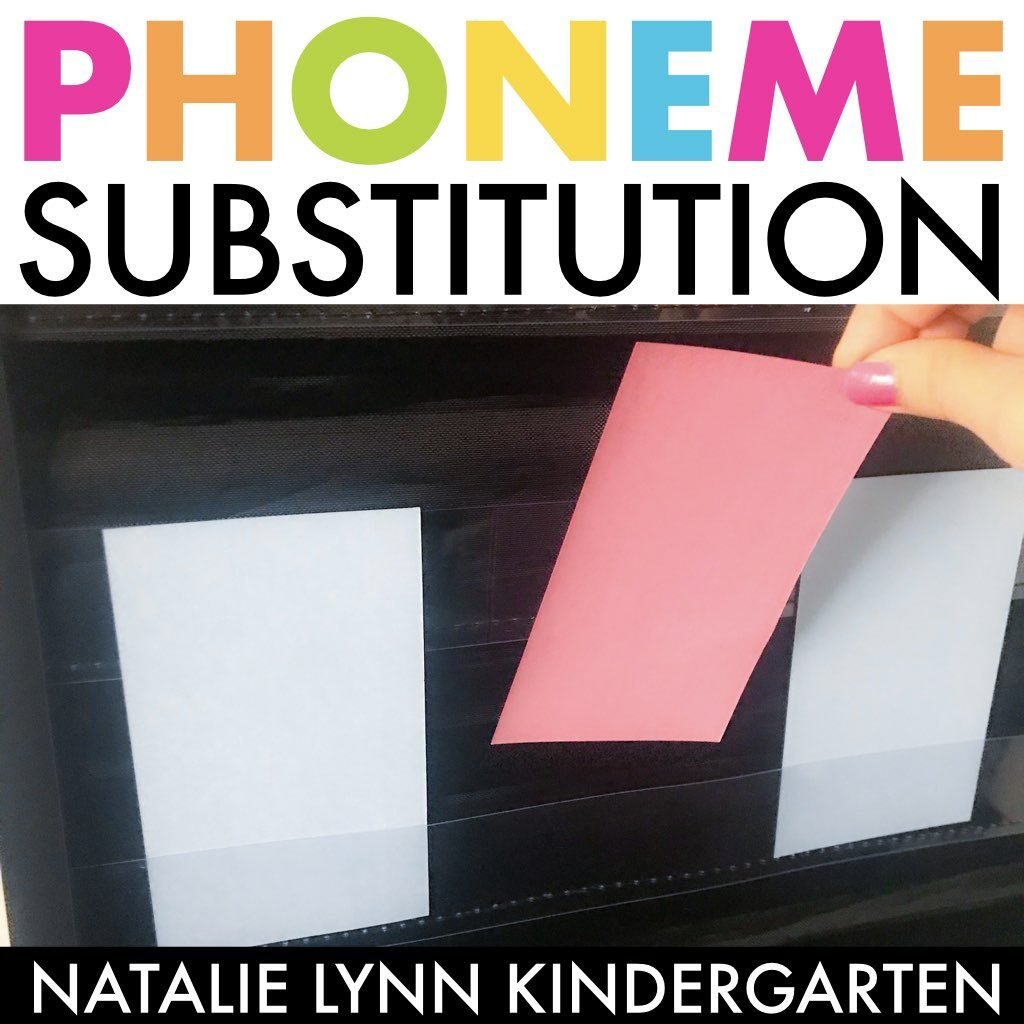
When I first realized I needed to teach phoneme substitution in Kindergarten, I almost cried. I know that sounds dramatic, but seriously. Teaching our kindergarteners how to manipulate and replace sounds orally? It sounded impossible!
Can you relate?
The good thing is, teaching phoneme substitution in Kindergarten doesn’t have to make you pull your hair out!
I’m going to show you the EASIEST way to teach students how to manipulate and substitute sounds.
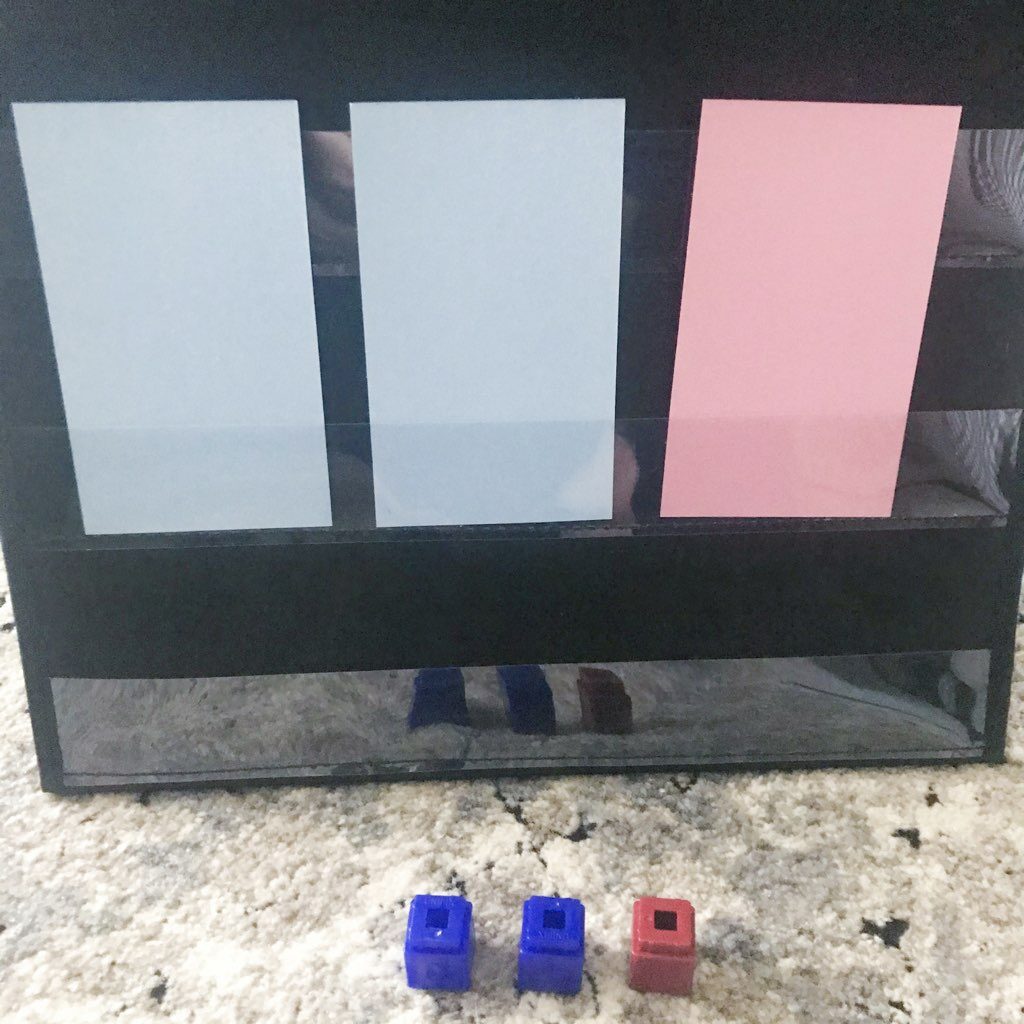
What Is Phoneme Substitution?
Phoneme substitution is a phonemic awareness skill in which students will delete a sound in a word and then replace it with a new sound to make a new word.
For example, the teacher might say, “Start with the word cat. Now change the /c/ to a /b/.”
To get the new word, bat, students must mentally delete the initial phoneme, add the new phoneme in, and blend the word.
Phoneme substitution is one of the hardest phonemic awareness strategies because it requires students to complete multiple steps. It is important that you teach phoneme addition and phoneme deletion first, as both of those skills will be used for substitution.
Teaching Initial and Final Phoneme Substitution
I know it sounds complicated, but teaching students to substitute initial and final phonemes doesn’t have to be difficult!
Phonemic awareness activities are oral, which means that we won’t use letters, but that doesn’t mean we can’t use manipulatives.
For this phonemic awareness activity, you will need:
- 4 index cards; three in one color and a fourth in another color
- A pocket chart
- Optional: matching cubes for students
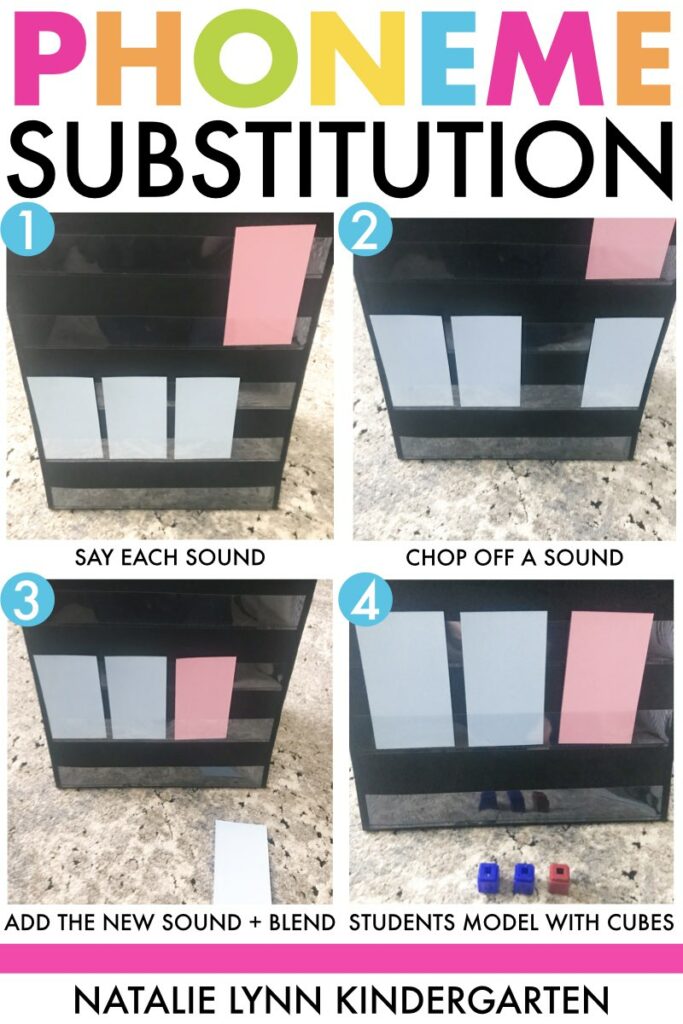
Begin with your three same-colored index cards in the pocket chart. Tap each card as students help you segment the word.
Then, have students make a karate hand. They will “chop” as you move either the first or last card to the side, depending on which phoneme you are deleting.
Next, place the new colored index card on the pocket chart as students say the new sound. They can then blend the sounds together to make the new word.
If you want students to get their hands moving, they can use colored cubes to practice deleting and adding the phonemes along with you. We usually do a few with just me moving the cards, and then I give students their cubes to follow along.
Medial Phoneme Substitution
Medial phoneme substitution is the hardest skill, in my opinion! It can be hard for students to hear the difference in vowel sounds, so you will want to make sure you explicitly teach the vowel sounds.
For this phonemic awareness activity, you will begin with your three index cards the same as above.

Then, you will make your arm into a “crane” and lift out that middle card. This sounds so simple, but students really remember that crane!
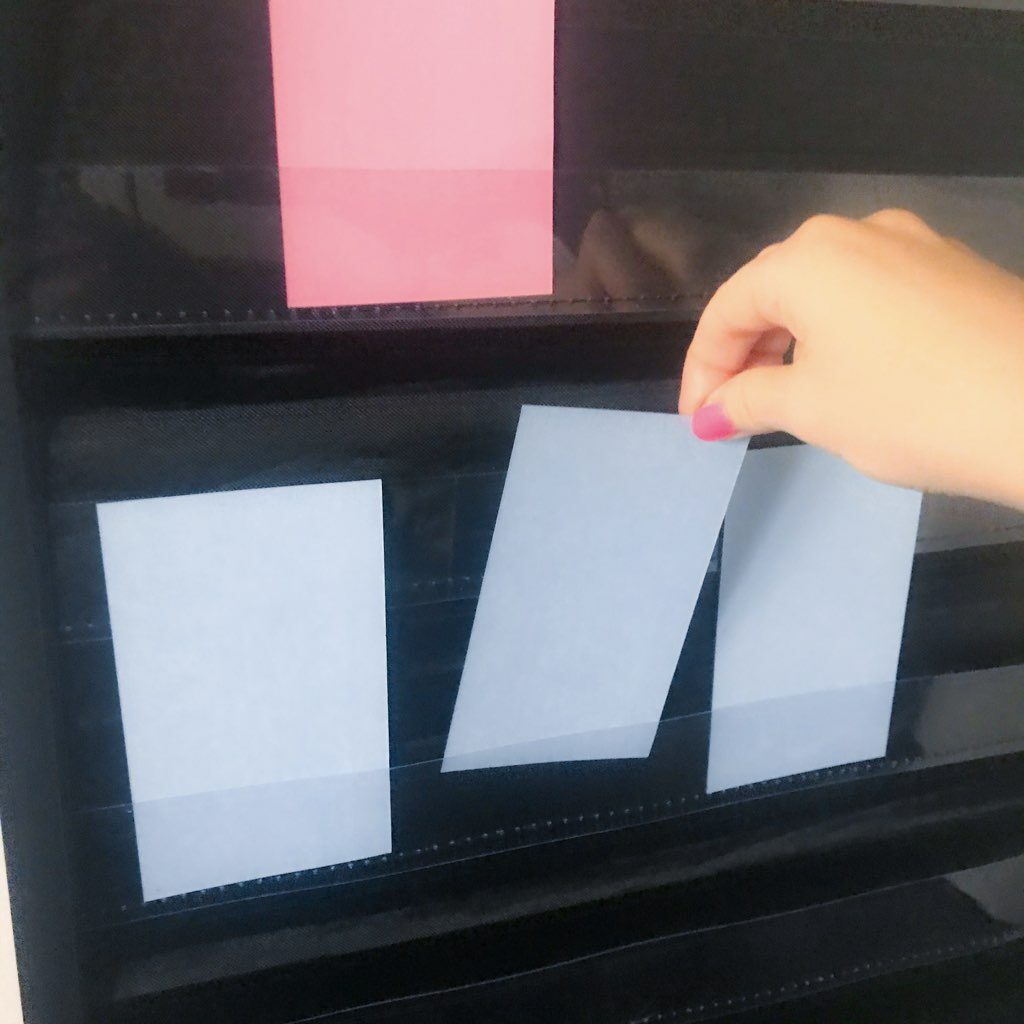
The “crane” will pick up the new card and place it in the middle of the word. Blends those sounds together again to make the new word.
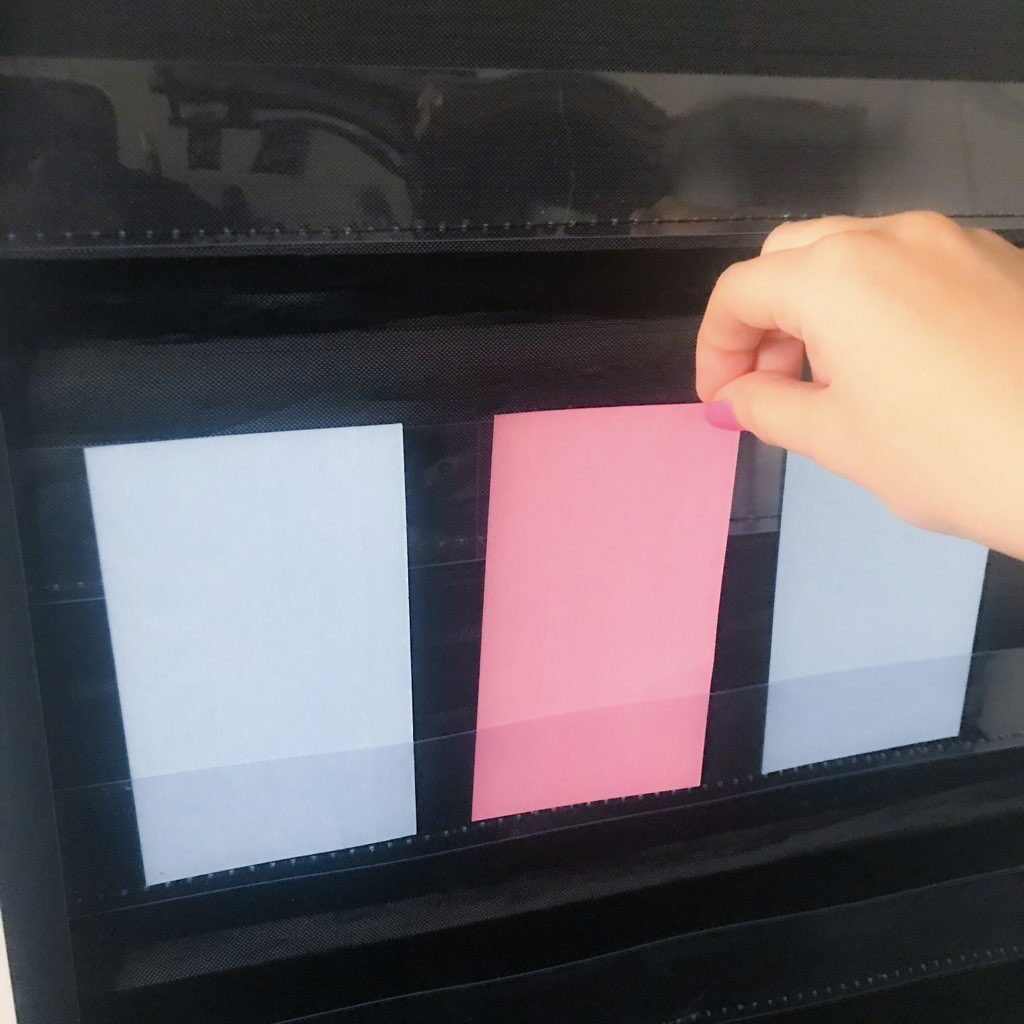
Again, students can follow along with cubes to practice substituting the middle sounds.
Sum It Up
As you can see, phoneme substitution activities don’t have to be difficult! By making it hands on, students are activating multiple areas of their brain and will build those connections quicker.
As students practice and become more confident, they can begin to substitute phonemes completely mentally and without the need for manipulatives.
These phoneme substitution lessons are from my Little Readers Kindergarten year-long reading curriculum. If you’re looking for already planned for you reading comprehension, phonemic awareness, vocabulary, and shared reading poetry, this curriculum is for you!


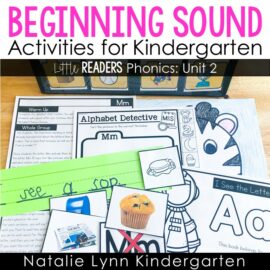

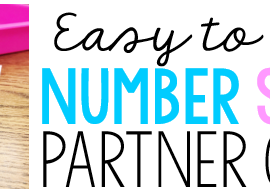


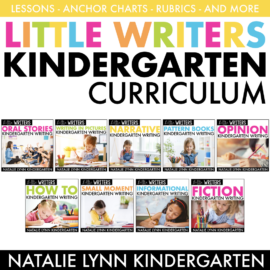
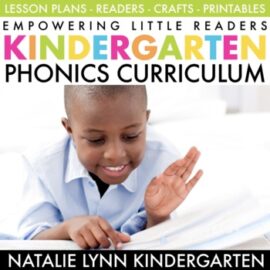
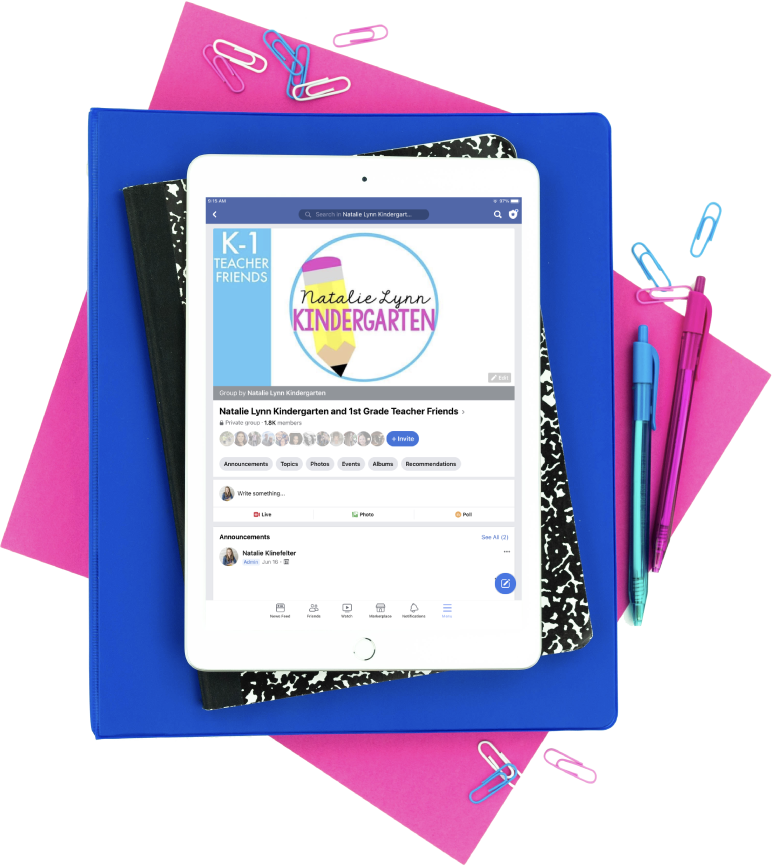

I really love these neat ideas for teaching and demonstrating to students so they can easily grasp the concepts for decoding and reading.